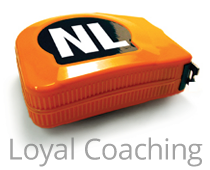Cross season is officially here. But a cyclocross bike is no road bike, and neither is a cyclocross bike fit. The bikes are similar at a distance but they they're very different machines. Bigger tires, higher bottom bracket, quicker turning ability at slow speeds and different geometry through and through. And yet, every season I see riders try to set up their fit position on a cross bike to match their road bike setup.
The problem with this is that riding in the dirt or on a cross course is nothing like riding on the road. The traction is limited at best, speeds are slower, turns are tighter and off-camber. Basically, everything about the terrain is working against you. On top of this, during a cross race, you're at max effort and often in the wrong gear so the loads on the body and legs are more extreme.
This is where a cyclocross bike fit can help. Everything from saddle position, handlebars and even cleats can be repositioned to help with these very different and difficult conditions. Allowing for more agility with relaxing out the reach and upper body will allow a rider to turn quicker and tighter while dealing with bumps and let the bike find more traction. By bringing down saddle height ever so slightly this can give the rider more body english for when things get rough. This is a very fine adjustment that takes skill, as you don't want to compromise the leg angles and cause strain to the joints, which can be even worse in cross since so often in a cross race you find yourself at max effort in too big of a gear and in a turn.
Adjustments like this can really help with not just performing well when riding cross, but also help with injury prevention. So, as you dust off the cobwebs from your cross bike, consider getting a professional fit done as well. It could save your legs this cross season.
Loyal Fitting athlete Terra Kier-Donovan - Photo by Phil Beckman
Loyal Fitting athlete Robert Donovan - Photo by Phil Beckman


